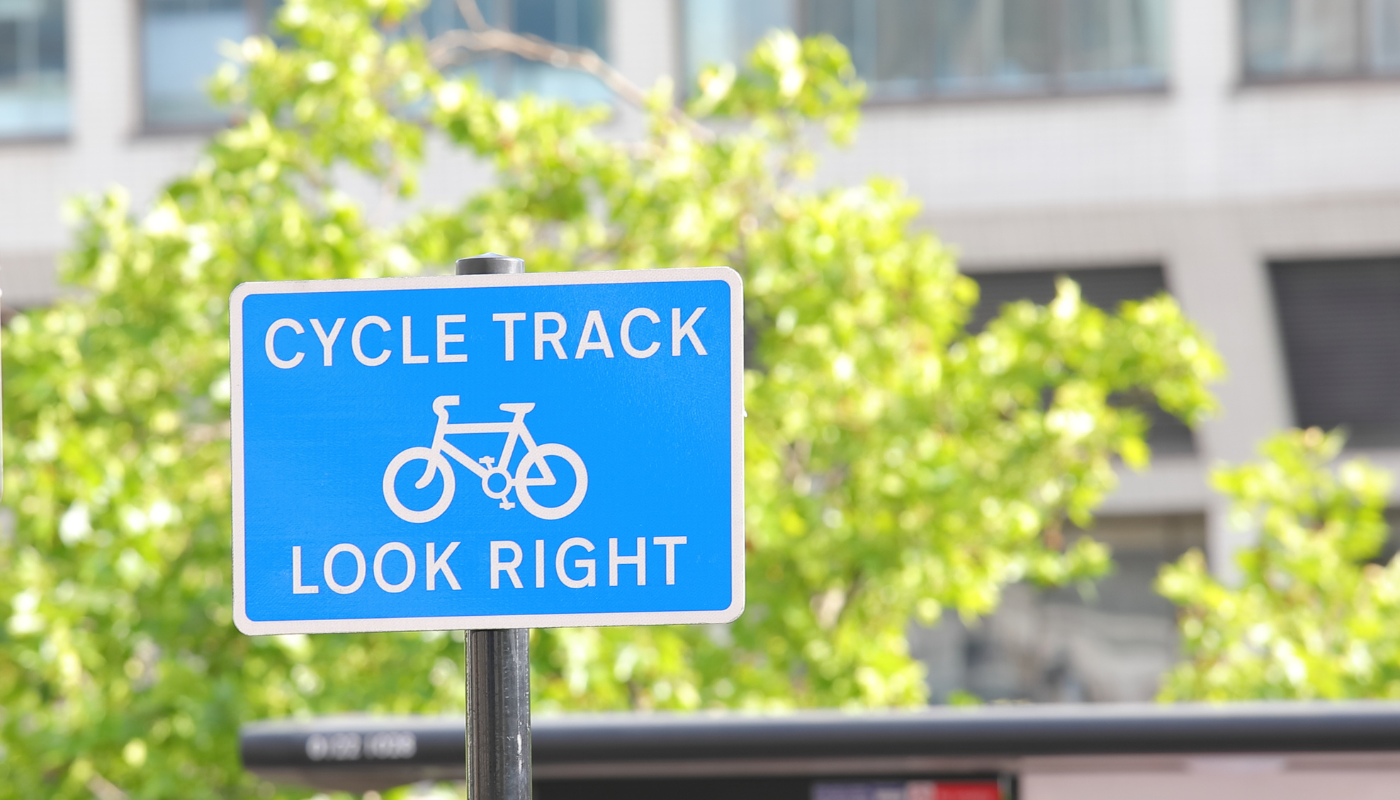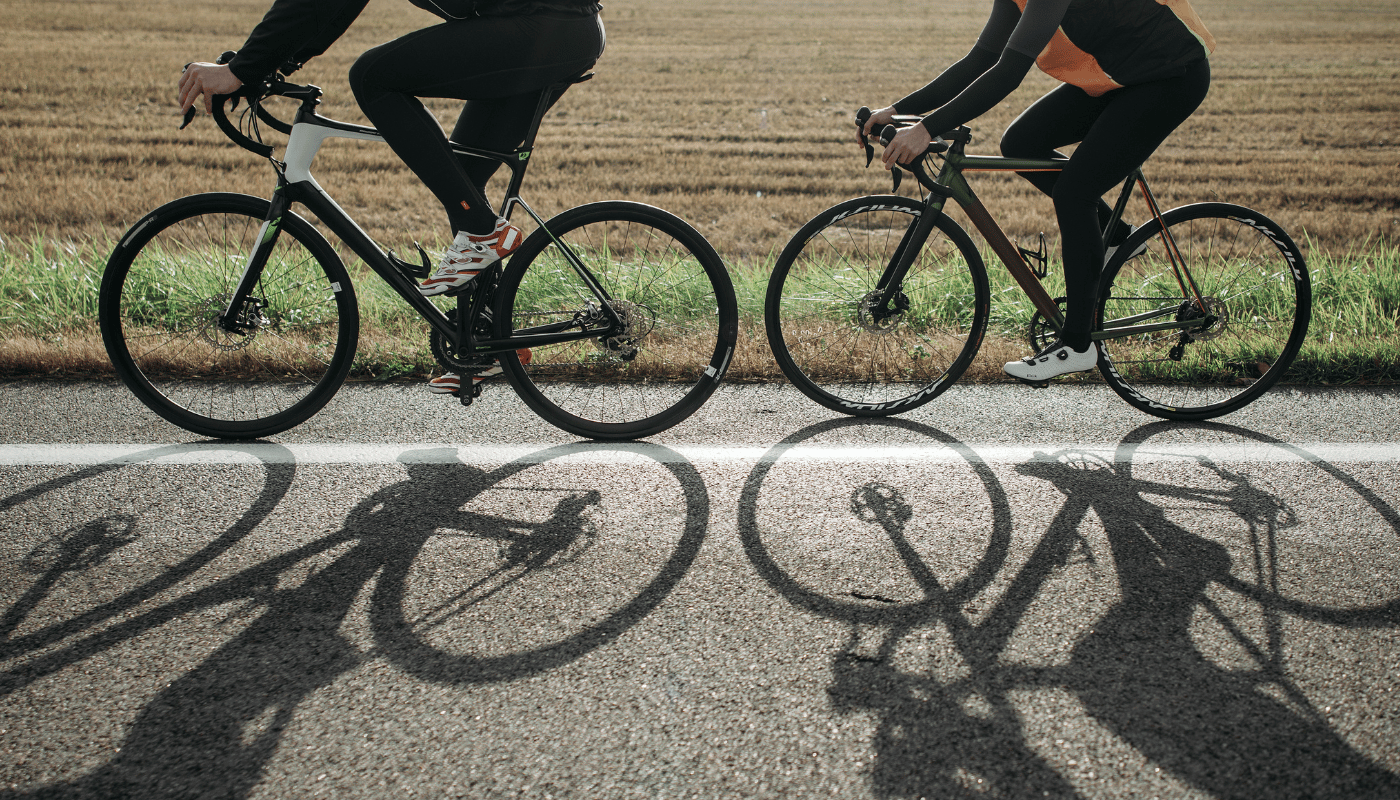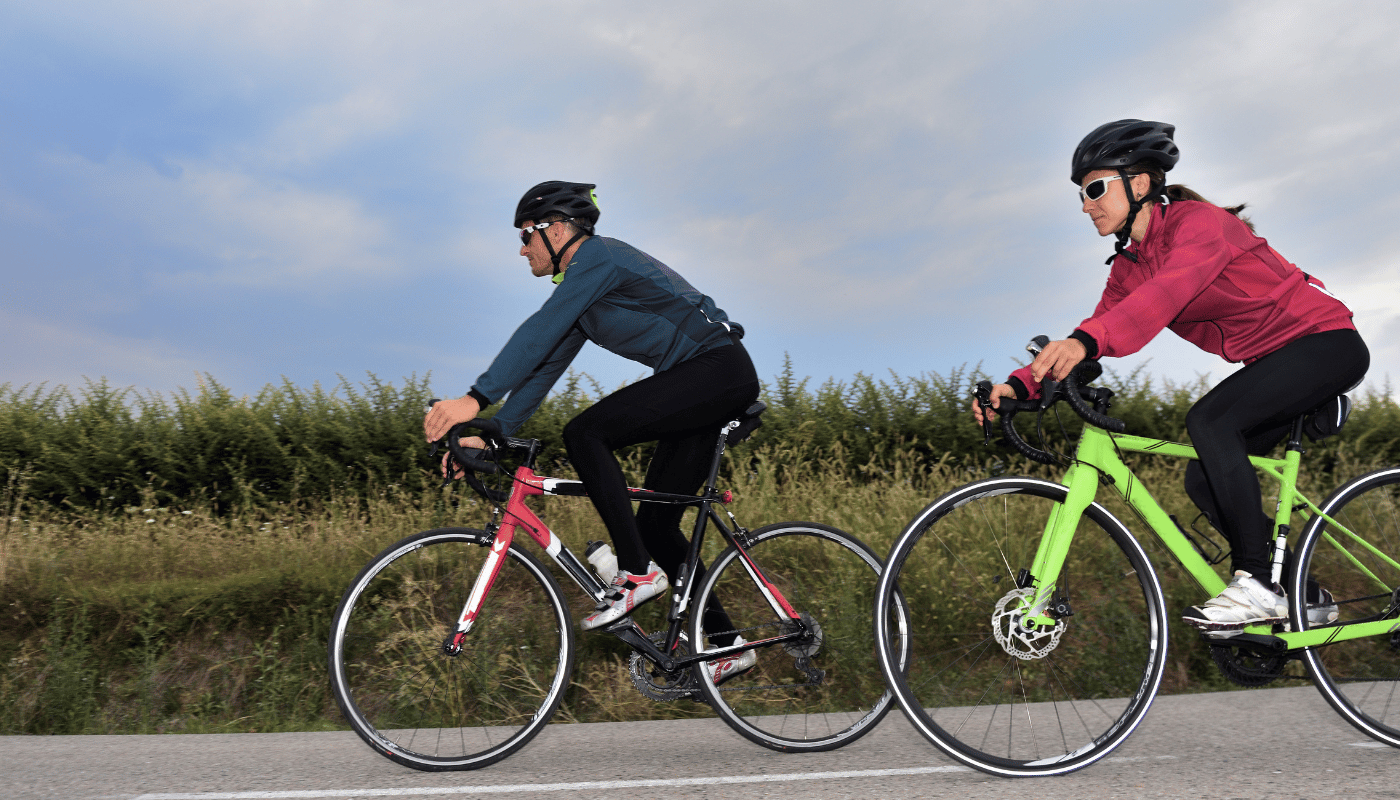Cycling, a popular mode of transportation and recreation, demands adherence to various safety measures to protect riders from harm. Among these, one rule stands paramount, a cornerstone of cycling safety that can significantly reduce the risk of accidents and injuries. This article will unveil the most crucial safety principle every cyclist should adhere to, regardless of their experience level. Discover how this simple yet vital rule can enhance your cycling experience, ensuring a safer journey on two wheels.
Always Wear a Helmet
When it comes to cycling, the paramount rule for ensuring safety is to always wear a helmet. This critical piece of protective gear is your first line of defense against head injuries, which can be severe and life-altering. A helmet absorbs the impact during a fall or collision, significantly reducing the risk of serious brain injuries. It’s not just about having a helmet, but also making sure that it fits properly and is securely fastened every time you ride. Remember, a helmet can only protect you if it’s worn correctly.
Understanding when bike crashes are most common is key to recognizing the importance of wearing a helmet at all times. Accidents can occur at any moment, but they are particularly prevalent at intersections, during evening hours when visibility is reduced, and in urban areas where traffic is dense. Additionally, unpredictable weather conditions can also increase the likelihood of a crash. This unpredictability underscores the necessity of wearing a helmet on every ride, regardless of the distance or perceived safety of the route. It’s a simple habit that can make a significant difference in your overall safety on the road.
To further ensure your safety while cycling, consider adhering to the following guidelines:
- Ensure your helmet meets safety standards and is undamaged.
- Adjust your helmet to fit snugly and securely each time you wear it.
- Replace your helmet every few years or immediately after a crash.
- Wear reflective clothing to enhance visibility, especially during dawn, dusk, or night rides.
- Follow traffic rules and use designated cycling lanes whenever possible.
Understanding the Cardinal Rule of Cycling Safety
Cycling, whether as a form of transportation, exercise, or leisure, demands adherence to certain safety rules to protect both the cyclist and those around them. Among these, the paramount rule is always wearing a helmet. Despite its simplicity, this rule’s importance cannot be overstated, as it significantly reduces the risk of head injuries, which are among the most severe consequences of cycling accidents.
Another vital aspect of cycling safety is visibility. Ensuring you are visible to others, especially motorists, drastically reduces the chances of accidents. This can be achieved through the use of reflective clothing, lights, and always signaling your intentions. However, understanding and following traffic rules is equally crucial. This includes riding in the correct direction, which is always the direction of traffic. This rule leads us to address a common question: “in which direction should a driver expect a bicyclist to ride?” The answer is simple yet critical for both cyclists and drivers to understand and respect—bicyclists should ride in the same direction as the flow of traffic. This predictable behavior ensures that actions are anticipated and understood by all parties sharing the road, thereby minimizing confusion and potential accidents.
Additionally, maintaining a bicycle in good working order is essential for safe cycling. Regular checks and maintenance ensure that all parts of the bicycle, such as brakes and gears, function correctly when needed. This proactive approach to cycling safety can prevent accidents caused by mechanical failures. Lastly, developing a keen awareness of one’s surroundings can significantly enhance safety. This means paying attention to the road, weather conditions, and the actions of others, especially at intersections where the majority of cyclist-motorist collisions occur.
While the importance of wearing a helmet stands out, incorporating these practices into your cycling routine fosters a safer environment for everyone. Remember, safety is a shared responsibility, and every action counts.
- Always wear a helmet to protect against head injuries.
- Use reflective clothing and lights to increase visibility.
- Follow traffic rules and ride in the direction of traffic.
- Keep your bicycle in good working condition.
- Stay alert and aware of your surroundings, particularly at intersections.
Obey Traffic Laws
When it comes to cycling, understanding and adhering to traffic laws is paramount. This is not just about compliance; it is about safety. Many accidents involving cyclists stem from misunderstandings or ignorance of these rules. Cyclists, like any other vehicle operators on the road, must follow the same regulations, including signals, road signs, and lane markings. This ensures not only your safety but also the safety of those around you.
One might wonder, “what is the best choice to be safe while riding your bicycle?” The answer lies within the practice of obeying traffic laws meticulously. This includes signaling your intentions to turn or stop, making eye contact with drivers and pedestrians to ensure you’re seen, and always being prepared to give way when required. Remember, predictability is key to safety on the roads. By behaving predictably and following the same rules as motor vehicles, you minimize risks and make the roads safer for everyone.
Furthermore, here are a few additional tips to enhance your safety while cycling:
- Always wear a helmet and ensure it fits properly.
- Use lights and reflectors at night or during poor visibility conditions.
- Maintain your bicycle in good working order, especially brakes and tires.
- Wear bright or reflective clothing to increase visibility.
- Stay vigilant at all times, especially at intersections and driveways.
By integrating these practices into your cycling routine, alongside a firm understanding of and compliance with traffic laws, you significantly increase your safety and the safety of others on the road. This proactive approach to cycling safety ensures that you enjoy the benefits of this wonderful mode of transportation while minimizing the risks associated with it.
Stay Visible at Night
Navigating the roads after dusk presents unique challenges for cyclists. The most pivotal safety measure is ensuring you’re seen by motorists, pedestrians, and other cyclists. A comprehensive approach to visibility can significantly reduce the risk of accidents and enhance safety for everyone involved. Incorporating reflective gear, using front and rear lights, and adopting fluorescent materials on both the cyclist and the bicycle are effective strategies. Reflective gear can make a cyclist visible from a greater distance, allowing drivers more time to react. Front and rear lights are not just mandatory in many jurisdictions after dark; they are practical tools that illuminate your path and signal your presence to others.
Beyond personal lighting and reflective wear, strategic riding practices play a crucial role. Every bicyclist should wear a helmet with reflective elements and ensure their bike is equipped with reflective strips or lights on the wheels. These measures make the bicycle visible from all angles, enhancing safety. Additionally, bicyclists should ride on the right side of the road, in bike lanes when available, and use hand signals to communicate with drivers. Adhering to these practices can make night cycling safer and more enjoyable for everyone.
Enhancing Nighttime Cycling Safety
Understanding the nuances of nighttime cycling is crucial for safety. The darkness significantly reduces visibility, making it imperative for cyclists to take extra precautions. Every bicyclist should wear appropriate gear and understand the importance of positioning and signaling to protect themselves and others on the road. By following these guidelines, cyclists can enjoy the freedom of night rides while minimizing risks.
- Wear bright, reflective clothing.
- Equip your bike with LED lights, both front and rear.
- Use reflective tape on your helmet and bike.
- Follow traffic signals and use hand signals when turning.
- Avoid riding in a vehicle’s blind spot.
Use Hand Signals
Communicating your intentions to others on the road is paramount for safety in cycling. Hand signals serve as the primary method for cyclists to convey upcoming actions to drivers, pedestrians, and other cyclists. These gestures are not just courtesies; they are essential tools that can prevent accidents and misunderstandings. When executed correctly and at the right time, hand signals effectively make your movements predictable, reducing the risk of collisions.
It is important to always signal well in advance of making a turn or changing lanes. This gives other road users ample time to adjust their speed or direction in response to your actions. The most common signals include extending the left arm out to signal a left turn, the right arm out for a right turn, and the left arm held down with the palm facing rearward to indicate stopping or slowing down. While these signals are universally recognized in many regions, it’s crucial to familiarize yourself with any local variations or additional signals.
Despite their simplicity, hand signals can be overlooked or forgotten in the heat of the moment. Consistent practice makes signaling a reflex action rather than a conscious effort, ensuring that you can focus on navigating traffic safely. Remember, your safety and the safety of those around you may depend on these simple gestures.
Enhancing Visibility When Signaling
Visibility plays a crucial role in the effectiveness of hand signals. Wearing bright or reflective clothing and using lights at night or in low visibility conditions can help ensure that your signals are seen by others. Combining verbal cues with hand signals when cycling in groups can also enhance understanding and coordination among cyclists.
| Action | Signal | Description |
|---|---|---|
| Left Turn | Left arm out | Extend the left arm horizontally out to the side |
| Right Turn | Right arm out | Extend the right arm horizontally out to the side |
| Stopping/Slowing Down | Left arm down | Extend the left arm and angle it downwards, palm facing behind |
| Alternate Right Turn | Left arm up | Extend the left arm and angle it upwards, forming an L shape |
| Speeding Up | N/A | Generally not signaled with hand gestures |
Maintain Your Bicycle
Maintaining your bicycle is not just about keeping it looking good; it’s a crucial practice to ensure your safety and the longevity of your bike. Regular maintenance checks can prevent accidents caused by equipment failure and improve your overall cycling experience. A well-maintained bike offers smoother rides and requires less effort to pedal, which can make a significant difference in your performance and enjoyment.
Firstly, always check your brakes and tires before heading out. These are your first line of defense against potential accidents. Ensure your brakes are responsive and that your tires are properly inflated and free of wear and tear. Secondly, the chain is the heart of your bicycle’s drivetrain. Keep it clean and lubricated to prevent premature wear and ensure efficient power transfer from your legs to the wheels. Lastly, make it a habit to inspect the frame and components for any signs of damage or wear, such as cracks, rust, or loose parts, which could compromise the bike’s structural integrity and your safety.
Remember, a well-maintained bicycle not only safeguards your well-being but also enhances your cycling performance. Taking the time to perform these checks can save you from future hazards and costly repairs.
Essential Bicycle Maintenance Tips
To further ensure your safety and the optimal performance of your bicycle, here are some additional insights on maintaining your bicycle. Regularly cleaning your bike, especially after riding in wet or muddy conditions, can prevent the buildup of grime and corrosion. Adjusting your saddle to the correct height and angle can also significantly improve your comfort and efficiency, reducing the risk of injury.
| Component | Maintenance Task | Frequency |
|---|---|---|
| Brakes | Check and adjust | Before every ride |
| Tires | Inspect and inflate | Weekly |
| Chain | Clean and lubricate | Monthly/After riding in rain |
| Bearings | Inspect and service | Annually |
| Gears | Adjust and lubricate | As needed |
Adopting a Proactive Maintenance Mindset
Adopting a proactive approach to bicycle maintenance can significantly extend the life of your bike and its components. Instead of waiting for something to break down, regularly scheduled maintenance can identify and rectify potential issues before they become serious problems. This approach not only ensures your safety but also contributes to a more sustainable cycling practice by reducing the need for replacement parts and repairs.
In conclusion, maintaining your bicycle is a fundamental aspect of cycling that should never be overlooked. It’s a responsibility that comes with being a cyclist, not only for your safety but for the enjoyment and longevity of your cycling adventures. By adopting a routine maintenance schedule, you can ensure that every ride is safe, smooth, and enjoyable. Let the road ahead be one of discovery and joy, powered by a well-maintained bicycle.



